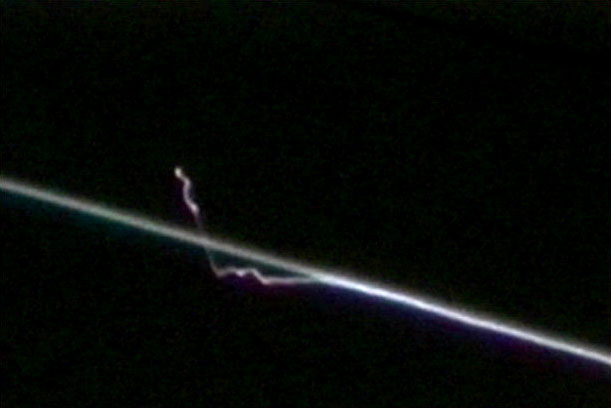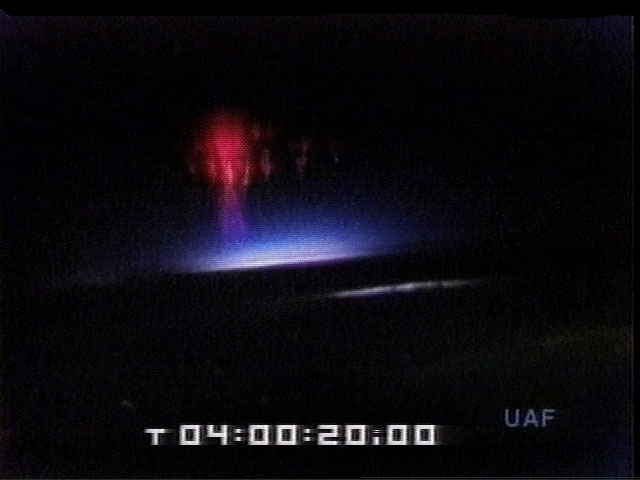|
Tue Nov 22, 2005 8:17 pm recovered through GoogleCache Website
The disaster that brought the Space
Shuttle Columbia to explode was originally reported to be a
piece of foam, the size of a briefcase, that fell of one of the fuel
tanks and punched a hole in the 8th heat panel on the left wing.
The Columbia Accident Investigation
Board (CAIB) reviewed the photos but claimed that the
anomaly must be due to camera shake and not an actual
lighting strike as no thunder storm was in the local area as had
been seen in previous research on high altitude lightning. They
think that the lightning followed Columbia's thruster trail as it
contains negative ions, where as Sprite Lightning is Positive, and
was attracted to the shuttles trail.
Since receiving these photos provided from Andy Robins (used from the documentary), I have requested the actual photos directly from NASA Administration through the Freedom of Information Act, but so far have not received anything.
The evidence within the photos is contrary to the CAIB expert evaluation which may be why the photos have been kept out of public scrutiny.
NASA dispatched former shuttle
astronaut Tammy Jernigan, now a manager at Lawrence
Livermore Laboratories, to the San Francisco home of the
astronomer to examine his digital images and to take the camera
itself to Mountain View, where it was transported by a NASA T-38 jet
to Houston, these images above were never released from NASA or
the CAIB to the public.
Itís at least ten times more powerful than
conventional, negatively charged lightning. Some experts fear some
forms may eventually be found to be the culprit in a number of
mystery disasters involving airliners and space craft.
I initially thought the term Hobbit would do but the term had little to do with the anomaly.
The TIGER event also has a
corkscrew behind it, difficult to see but it's there (I did some
enhancement on the entire picture to better show the corkscrew)
which starts right under the T in the word TIGER and travels left to
right. Air ions charges do corkscrew with altitude as
per my research in the Southern Hemisphere Study 1990.
What do you think?
|





